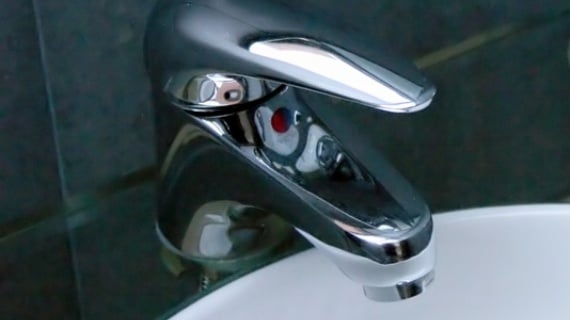
Thermostatic mixing valves (TMVs) are devices used to control the temperature of water at outlets. They’re common in many UK buildings as they help to reduce the risk of scalding, which can cause serious or even fatal injury in demographics like the very young and the elderly.
There are various laws and regulations surrounding the use of TMVs in residences and workplaces in the UK, and it can be difficult to know what they all are, let alone stay compliant with them. Here’s an overview of what you should be looking out for.
Regulations for installing TMVs
As of 2010, Part G of the Building Regulations make it a legal requirement for new buildings to provide a “suitable installation for the provision of heated water” to:
- any sink within a sanitary environment
- any sink, shower or bath in a bathroom
- any sink where food is being prepared
Buildings that are not classified as being new won’t necessarily require the fitting of a TMV if the risk of scalding is not significant. This is something that should be looked at as part of a wider comparative assessment that takes into account any other water safety risks.
If you decide you do need a TMV, or there is already one present in your building, you’ll need to adhere to the best practices set out by the HSE in HSG274 part 2 (Legionnaires’ disease technical guidance). This includes making sure the TMV is installed as closely to the outlet as possible, maintaining an appropriate number of outlets to each TMV, and making sure the device is easily accessible.
These guidelines aim to prevent the storage of blended water, which can lead to the growth of bacteria like legionella. Such an outbreak can increase the risk of Legionnaires’ disease, which is incredibly dangerous and can prove fatal to anyone who is in contact with the contaminated water.
Regulations for monitoring TMVs
It is also mandated in HSG274 part 2 that TMV devices are inspected as part of an ongoing maintenance programme. A water treatment specialist or ‘competent person’ appointed by the duty holder must carry out reviews at a minimum of once a year, or more frequently if required by an initial risk assessment, in accordance with the manufacturer’s instructions.
The plan should cover the disinfection, descaling and cleaning of any filters and strainers associated with the devices. The temperature of the water supply to the TMV, along with the inlet pipework and the maximum and minimum readings of the blended water, should be recorded on a monthly basis and against the original set temperature results. Taking water samples at key points around the system is also important in safeguarding against contaminants such as legionella.
A plan like this ensures that the TMVs are working correctly and that nothing is going awry in the system that could lead to legionella bacterial growth and put users at a risk of scalding or infection.
Regulations for TMV type
There are no set requirements put forward for the materials used in TMV devices, but HSE guidelines state that they should be compatible with the chemical and physical characteristics of the water being supplied. This is to minimise the risk of corrosion and organic build-up that could lead to infection.
It is best that installed valves adhere to appropriate manufacturing standards, such as ISO 9001, BS EN 1111 and BS EN 1287. This way, you’ll know that the devices are safe to use.
There are two main types of TMVs used in most water systems:
- TMV2 - for domestic settings
- TMV3 - for healthcare environments
Any outlets that serve a population classified as being at risk, for example those who are disabled, elderly or very young, should be fitted with TMV3 valves. These need to adhere to standards outlined in the NHS specification, D08.
TMV regulations and guidelines exist for the complete safety of everyone, and failing to comply could land you with large fines, risk to your reputation and even imprisonment.
It’s not always practical to maintain TMVs yourself, especially if you’re not completely sure of what you should be looking out for and don’t have the resources to do the job properly. In this case, the best thing to do is appoint a third party who has the knowledge and expertise to carry out the necessary checks and installations.
You can easily check right now whether your TMVs are compliant, and whether your system is susceptible to legionella infection, by going through our free checklist.







